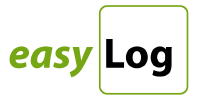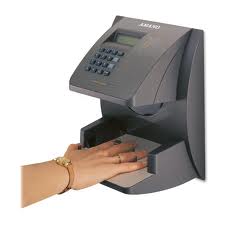Anyone working in the care sector knows how vitally important a comprehensive and clear care plan is to the ongoing quality of care and well-being of the service user. A care plan is a document that must be understandable to the service user and their relatives as well as to the care team responsible for the delivery of its content. What’s more, under scrutiny from CQC, it is an auditable document on which an inspector will base his or her assessment of the quality of care provided and outcomes achieved.
Key to creating effective care plans is ensuring that they give relevant clinical detail together with the practical lifestyle and personal information required by the care staff – the definition of a good person centred care plan. So, when care providers consider computerising their care plans, do they seriously consider how service users’ care plans may change over time – or indeed changes in the type of care service that their organisation may in future provide?
Watch our video to see different care plan styles
Flexibility is crucial to achieve this. Our care-Log+ care home management software has always been designed around this principle but in the area of care plans – and in the hands of our users – it continues to deliver multiple styles of care plan across ever evolving types of care delivery. Take a look at our care record mangement overview video to see some of the variety of care plan styles that our care home clients use.

